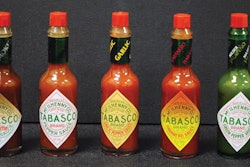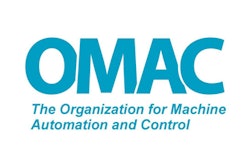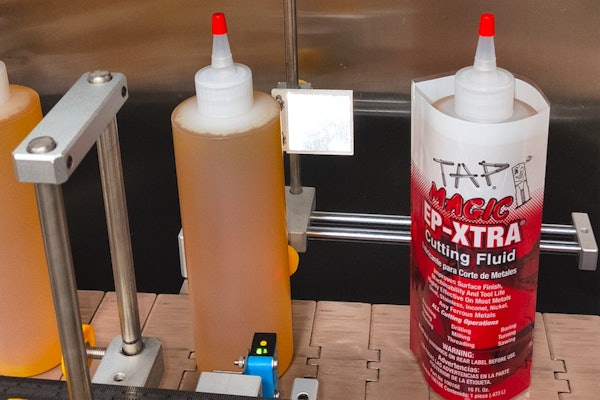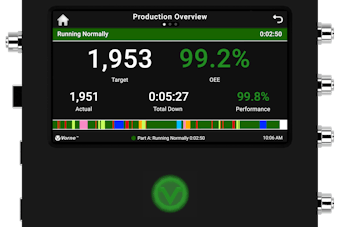
What if your state decided that, instead of testing you for a driver’s license, it would do away with licenses and just let anyone drive who wanted to? Instead, they put lots of cops on the highways and streets to catch drivers doing bad things.
Would that be an effective regulatory program? Well, it would likely be more expensive than the present system, what with all that additional personnel it would require, and that might be reason enough not to do it. But if you could cut the costs somehow, would it make the roads safer?
This thought experiment is a pretty good starting point for a discussion about the different ways governments regulate businesses and products. Legislators and regulators have a wide range of tools and techniques to bring to bear on a problem they want to address. You probably realize it without realizing it. Some examples:
• New drugs’ ingredients and labeling need FDA approval before the product can go to market, and their manufacture and labeling and sale are watched over by FDA once they are there;
• New foods, though, except for meat and poultry, don’t need FDA approval before they go to market, but the manufacturers are legally obligated to assure their products and labels comply with law, and their manufacture and labeling and sale are watched over by FDA, too;
• Consumer products designed for children don’t need approval before they go to market, but their manufacturers are legally obligated to test their products to confirm they meet certain child-safety criteria before import or sale, and the Consumer Product Safety Commission (CPSC) watches over their safety and can order recalls and impose fines if product doesn’t meet standards or is unsafe;
• New pesticides need EPA to OK their ingredients and labeling.
Government can choose to issue licenses to people in the business, and only allow licensed ones to operate. Or they can license the products themselves. Or, they could not license the products, but list a bunch of requirements for how they are made or how they are labeled. They can impose a variety of types of penalties for failing to meet those requirements, including fines, injunctions, seizures, disqualification from government contracts, and even imprisonment. They can allow private persons to sue companies to enforce the law, or just leave that to the government. And they can choose from among these options and more, all the while mindful of how much money they want to put toward assuring the requirements are enforced.
Regulatory systems are choices made from among a list of options such as these, chosen in combinations that best take into account the hazards they are trying to address, practical considerations like money and staff, and the resulting burdens on businesses or consumers. We hope so, anyway, and hope they are not made thoughtlessly.
Well, limits on government money and growing distaste for regulatory actions, among other factors, sometimes lead regulators to create not requirements for industries or products to meet, but rather mere guidelines, that is, recommendations instead of requirements. No laborious, time-consuming process of making regulations, no penalties attached to failing to follow the recommendations. What effect does that have?
Actually, plenty. Many companies pay close attention to regulatory recommendations and change their behavior to make sure they comply with them. Sometimes, regulators who are trying to get regulated industries to do one or another thing get a pretty significant bang for their buck by issuing guidance documents instead of regulations. For many purposes, guidance is as close to being effective as regulations.
Companies that don’t want to or can’t afford to change what they are doing might ignore a guidance document’s recommendations, but also might ignore a regulation, too, despite penalties for non-compliance. One reason is that they recognize that most regulatory agencies don’t have nearly enough resources to catch everyone that is in violation, so some companies take a calculated risk that they won’t get caught.
But what does a regulatory agency do if it finds itself facing a lot of suspected violations of regulatory requirements, but lacking the resources to go after very many of them? Well, another big-bang-for-the-buck method for an agency to employ, especially one that is cash- and staff-strapped, is to take an enforcement action against one company, but do it loudly. The agency imposes a fine on a violator, or issues an order requiring them to take some action like stopping sales of a product or recalling it, and also publicizes what they do in a press release and media statements, clearly sending the message that they are making an example of this one company.
That seems to be the approach the CPSC is taking these days. Its new chairman, Elliot Kaye, recently told a trade group audience that he expected the commission would aim for higher civil penalties for violations, noting that recent penalties of up to about $4.5 million could have been much higher, since the law’s limit is now over $15 million.
Chicago-area lawyer Charles Joern heard the speech, and reports that Kaye “expressed concern that some businesses see current civil penalties as ‘a cost of doing business,’” rather than a deterrent against violations. But higher penalties might change that, Kaye implied. By tagging just a few violators with bigger penalties, you spread the word to other companies that they should take more care to avoid violations.
Joern says big cases against big companies can have “marquee” value, resonating with many more companies than those directly affected. We’ll see. If they don’t, though, you can be sure the agency will try new ways to rearrange its various tools and techniques for regulating businesses and products. They have, after all, lots of options.
Eric Greenberg can be reached at [email protected], and visit his firm's website at www.ericfgreenbergpc.com.

























